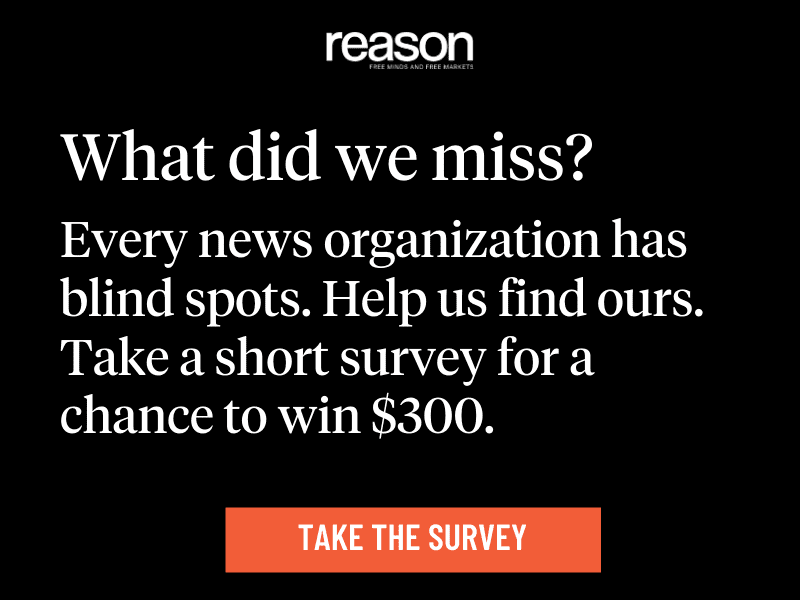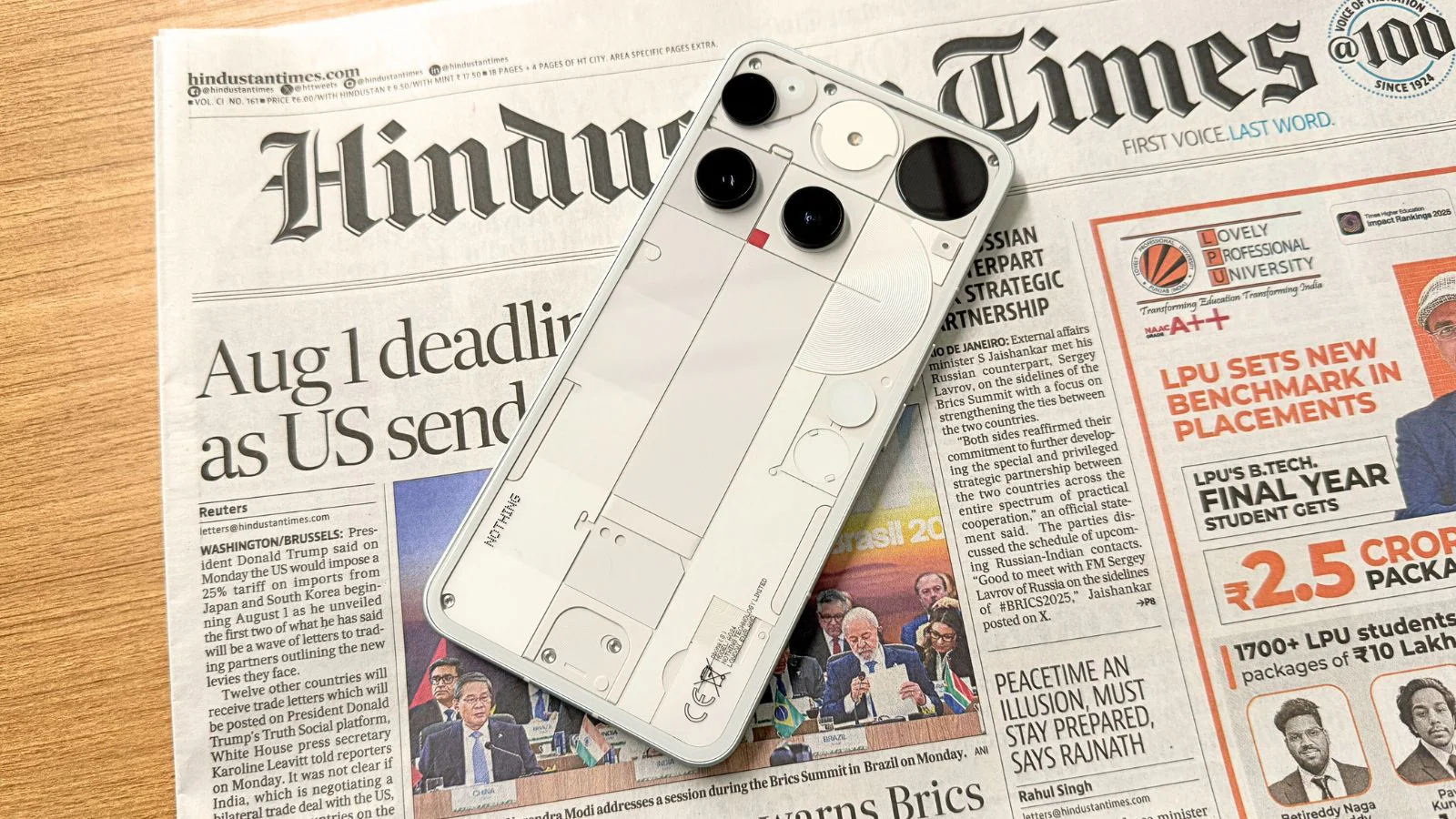By Courtenay Harris Bond
Copyright phillyvoice

People with so-called “resting squint face” may seem like they are perpetually angry, but they may just be having trouble seeing. Focusing on close objects becomes increasingly difficult as people age, making it hard for some to read a menu or book — or to see a computer screen.
Age-related farsightedness, called presbyopia, usually starts when people are in their 40s, when the lens in the eye starts to become more rigid, and continues until age 65, according to the National Eye Institute. The usual solution is reading glasses. About 1 in 3 Americans, or 36%, wear them, according to The Vision Council.
But a new study presented Sunday to the European Society of Cataract and Refractive Surgeons found that specially-formulated eye drops quickly improved people’s vision. Used regularly, the eye drops enhanced people’s ability to focus on close objects for up to two years.
“These results suggest this combination therapy offers a safe, effective, and well-tolerated alternative to traditional presbyopia management,” Dr. Giovanna Benozzi, director of the Center for Advanced Research for Presbyopia, in Buenos Aires, Argentina, said in a news release. “It significantly reduces dependence on reading glasses, providing a convenient, non-invasive option for patients, although these eye drops may not eliminate the need for glasses in all individuals.”
The eye drops contain a mix of pilocarpine that affects a muscle controlling eyesight at varying distances and diclofenac, an anti-inflammatory to ease discomfort that may occur with pilocarpine.
A majority of the 766 people in the study could read an additional two or more lines on an eye chart when the eyedrops were administered at least twice a day. The researchers tracked the their vision improvements with the eye drops over a two-year period.
“Nearly all patients experienced positive improvements in near visual acuity, although the magnitude of the improvement depended on the status of their vision before treatment at baseline,” Benozzi said.
The concentration of the eye drops could be tailored to specific levels of presbyopia, Benozzi said.
Some people experienced mild side effects from the drops, such as temporary dim vision and headaches. But no patients had to discontinue use of the eye drops, Benozzi said.
Benozzi presented the findings at a conference, and they have not yet been peer-reviewed or published.
The onset of presbyopia is usually gradual, but there are some telltale signs including having to hold reading material farther away to make the letters clearer, blurred vision at a normal reading distance and headaches or eyestrain after doing close-up work, according to the Mayo Clinic.
Having an eye exam is the best way to determine the level of reading glasses to get. It also can detect eye diseases and other issues that may affect vision, according to the Centers for Disease Control and Prevention.
People also can try to figure out what level magnification in reading glasses they need by using charts offered by many glasses manufacturers.
Certain symptoms require immediate attention, including sudden hazy or blurred vision, sudden loss of vision in one eye, double vision and seeing flashes, black spots of halos around lights, according to the Mayo Clinic.



